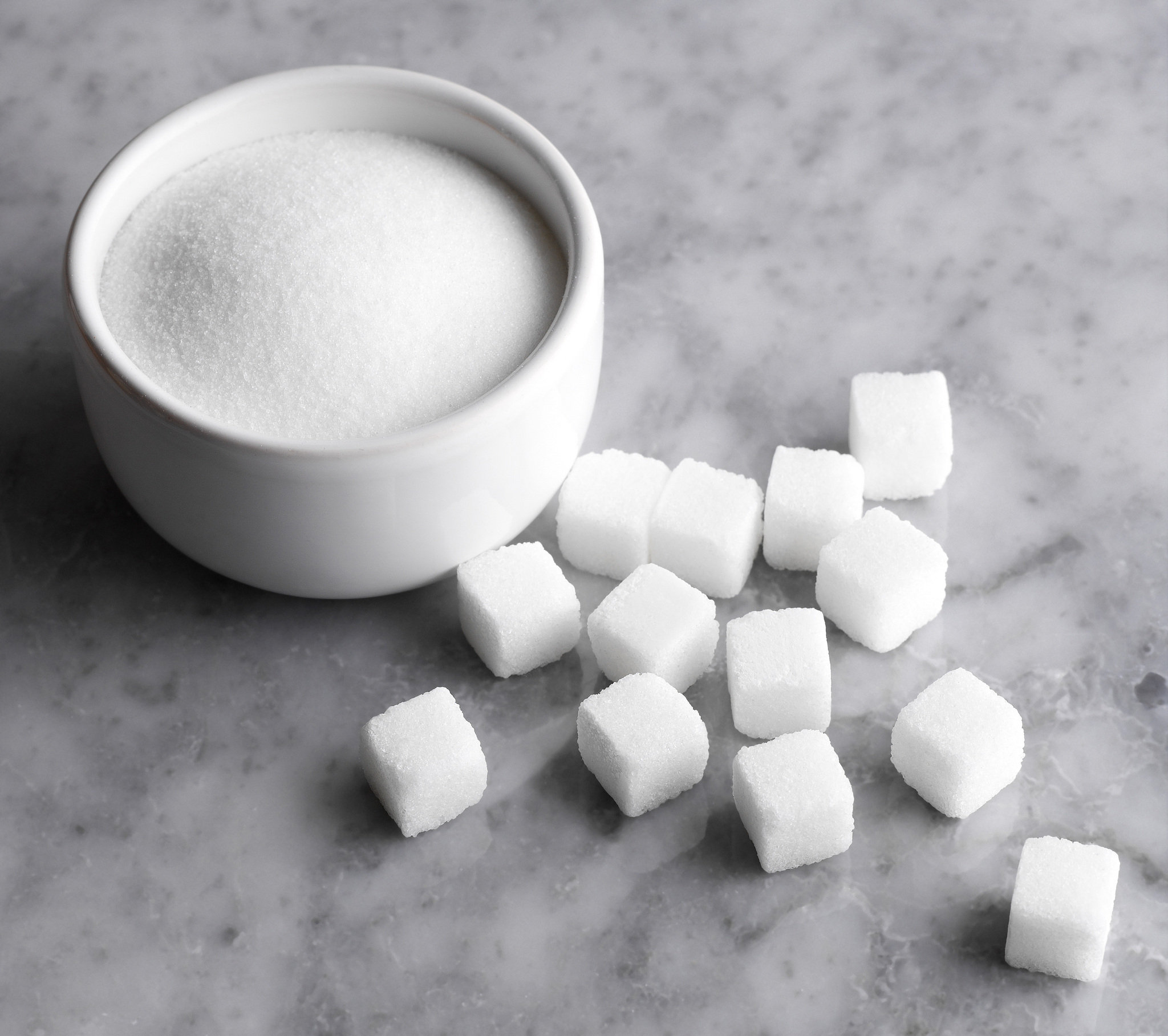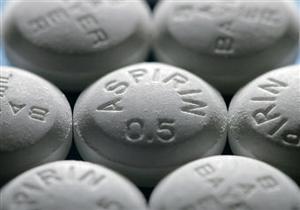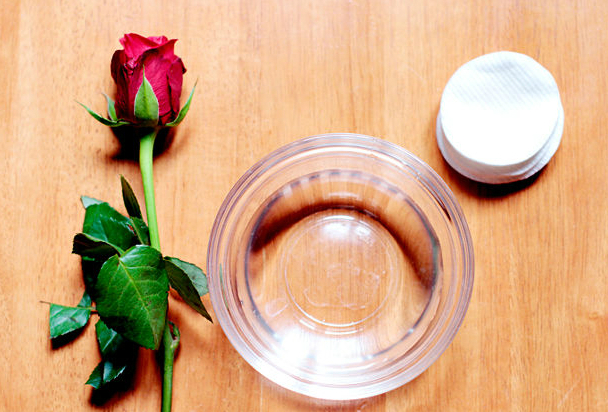Common household spoons are often used when parents give kids a dose of medication, but a new study suggests there’s a real danger to estimating amounts of prescription, or over the counter products.
Dr. Michael Rieder is chair of the drug therapy committee forthe Canadian Pediatric Society and director of pediatric pharmacology at the Children’s Hospital in London at the University of Western Ontario.
“The volume in that teaspoon ranges from 3.5 to 7.5 millilitres probably,” he said. “If you’re making a banana cream pie, that might not be a big deal, but if you’re treating with a medication it might be quite a big deal.”
A recent study done out of two medical centres in New York has found that parents frequently make dosing errors when giving medication to children. In fact, more than 40 per cent of the 287 parents interviewed for the research didn’t measure it correctly. And one out of six of those parents used spoons out of their kitchen drawer.
“In the United States, where the study was done, it shows if you use millilitres, which is not a commonly used measurement, it actually reduces dosing errors,” Rieder explained.
“In countries like Canada, where the metric system is well established, it suggests that maybe we should stop talking about teaspoons and tablespoons and go straight to millilitres as a way to reduce the potential for dosing errors for commonly used medicine in children.”
Rieder says prescribing medications in millilitres rather than teaspoons forces caregivers to be more precise.
“Drugs are safe and effective within certain doses. Usually if you don’t give enough they don’t work, if you give too much they can be toxic. So it addresses a really important issue of dosing errors,” he said.
For parents, the need for over-the-counter medications often arises at night, in low light, when parents have been woken up or been up late with a sick kid. But they’re not the only ones making these mistakes.
Rieder says a study in pediatric emergency medicine done a few years ago found the highest rate of dosing errors happened when the fewest number of patients were there.
“When is that? It’s three in the morning,” he said. “So if you look at emergency personnel, trained medical personnel, their error rate is highest in the wee small hours of the morning when people are tired. So it shouldn’t really surprise anybody parents have those same circumstances.”
Rieder says the consequences of giving too much medication depends on the drug in question. Anti-seizure medications, for example, don’t have much of a margin for error. And though using a spoon one night for a single dose of a painkiller likely isn’t a huge issue, parents need to be aware of a cumulative effect.
“There’s a disturbing thing with drugs like Tylenol, acetaminophen,” Rieder said. “There’s a couple disturbing papers which suggested that a relatively small overdose, over a period of several days can result in liver damage. If you think about a child who’s got a viral infection, some children are better in 24 hours, but often, especially during flu season, they’re often sick for three, four days. So under those circumstances, there’s a certain number of children that get toxicity from small but sustained doses.”
Rieder says companies in Europe are looking at alternatives, like mini capsules and formulations that melt on the tongue and require no measuring.
Manufacturers also do their part, bundling droppers into infant products. But since many of the medications are bought off the shelf without any interaction with a medical professional, it really comes down to parents being willing to take that extra step, and put away the spoon.
“A teaspoon is an intangible amount. Five millilitres is a very real number,” he said.
Various pediatric groups and health-care product associations in the U.S. are starting to recommend prescriptions and package instructions be written in millilitres to ensure clarity.
Source: cbc news



















